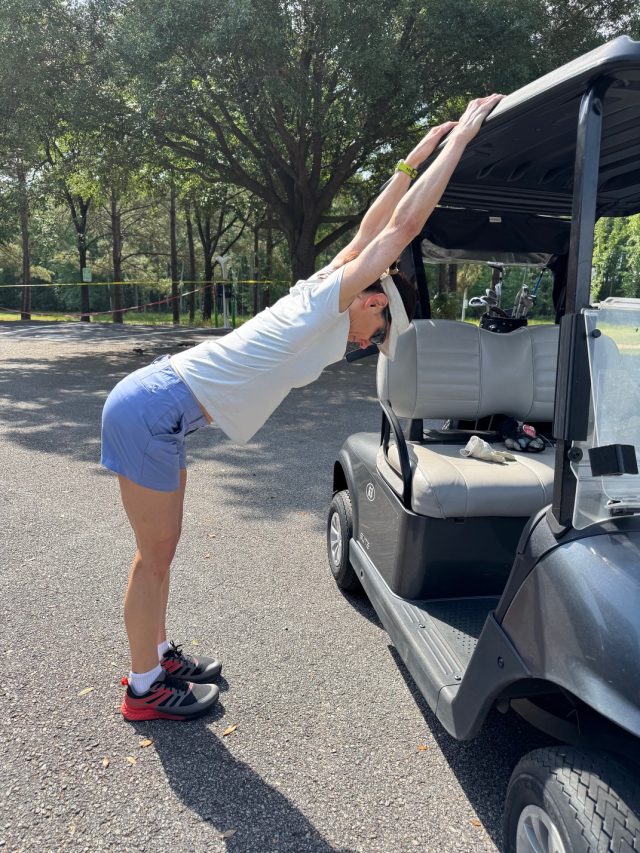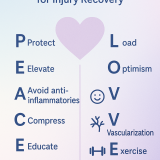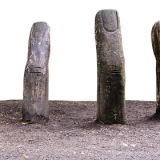Do this Cardio to Burn Most Fat!
Losing body fat can be challenging if you are confused on which method of cardio is best to lose stubborn fat says Tonya Tittle, owner of Energy Fitness, a personal trainer in Downtown Memphis.
Think of HIIT (high intensity or Interval training) as having a great return on investment. You burn the amount of calories used during the session and the same amount of calories up to 18-24 hours after (afterburn-double the calories burned).
In contrast, easy to moderate intensity cardio burns the amount of calories during session and only a trivial amount more in the hours to follow. After 60 minutes of easy to moderate cardio you finally start to tap into your fat stores but with HIIT training you teach your body to burn fat faster especially if you didn’t consume carbs within 2 hours of your workout.
Low to moderate cardio can help assist good respiratory lung function, increase red blood cell count, strengthen heart, reduce stress, increase circulation & self-esteem but doesn’t burn that stubborn fat. It can also assist with recovery when HIIT activities lend to over-training or for individuals with injuries. Cardio should be done safely at all times.
Doing too much, too soon can result in burnout or injury. Short sprints should usually be placed early in the session before fatigue sets in. Start somewhere… even 5 minutes of doing something you might enjoy. Just know if you have some fat to lose its gonna take focus and discipline. You need to do a combination of both anaerobic & aerobic training. Of course eating healthy plays a role also. Your success is determined by your determination, consistency, goals, injuries, etc. Go for distance or time see what motivates you more or switch it up.
Distance.. tree to tree, mailbox to mailbox, 50-200 meters for anaerobic or 800 meters/one-half mile or more intervals for aerobic intervals.
Time.…10 seconds, 20 seconds, 30 seconds
Example of a week of training that uses
HIIT method to burn stubborn fat:
My schedule varies as I do many different cross training activities such as kayaking, boxing, slide-board, bridge sprints, roller blading, and other recreational sports just for fun.
Monday: weight training 40 minutes (pre-workout warm-up- run 1 mile on treadmill)
Tuesday: swim 1 mile, (30 minutes, 35 laps(1 lap is down and back, a length is down)
- easy 5 laps
- 15 laps of sprints using freestyle/backstroke 25 meters fast 25 meters slow
- 5 laps 50 meter sprints then rest at end of pool
- 5 laps kick board sprints (fast down and easy back) so 25 meter sprints
- 5 laps easy including 1 lap of side side-stroke
Wednesday: Rest – stretch a little before bed/use foam roller
Thursday: Weights & Cardio
- 5 minute warm-up on stationary bike combined with throwing medicine ball up in air 3 x 100 reps
- weights 30 minutes
- run to riverside stairs about 3 min
- 12 sets of stairs with push-ups, abs in grass, or lunges/lunge holds in between every 3 sets
- run back 3 min
Friday: Run 3 miles easy pace (28 min)
Saturday: Cycle 25.5 miles in about 90 minutes (average 17.3 mph)
Sunday: Jump Rope outside 10 sets of 200/rest 30 seconds between
Run 2 miles flat fast sprints for 30 seconds fast and 30-45 seconds rest
The rest of this blog post is giving you science lesson for those interested. At least now you know or at least have a few guidelines to follow on how to incorporate cardio into your own plan so you can be on your way to achieving your best body ever.
Not a client and want a Free Fitness or Nutrition Consult (value $87) or
interested in our Personal Training Services click here or call us 901-466-6242.
Check out our customized online training ($40-$80) here: Online Customized Training
Interested in our Massage or Body Wraps? Click here.
For those of you who enjoy the science read below…..
Let me first start with the definition of aerobic vs. anaerobic.
Aerobic exercise involves moderate intensity using large muscle groups greater than 2 minutes or longer in duration. Aerobic exercise uses oxygen, fats & carbs combined for fuel. Typically at 50-75% maximum heart rate (MHR). I could give you the long karvonen formula for calculating your heart rate but i won’t. A 10 second heart rate count check can be measured by putting your first two fingers on the side of your neck (carotid artery) immediately upon stopping the activity (count your first beat as a zero). Work at a 20-25 beats per 10 seconds or an intensity of 120-150bpm (beats per minute). While exercising aerobically at a higher percentage of MHR (75% or higher) burns more total calories research suggests that this may not result in greater long-term fat loss. Examples of aerobic exercise include: rowing, running, walking, cycling again for more than 2 minutes in duration.
Anaerobic exercise means “without oxygen” and uses fast twitch muscles for short bursts of intense activity anywhere from 5 seconds up to 2 minutes. Anaerobic exercise can also be called High Intensity Interval Training (HIIT) which gained a lot of popularity in 2013. Work at 26-30 beats per 10 seconds or an intensity of 160-180bpm. I personally will max out at 190 if I am running bridge sprints. (*disclaimer-consult your physician or come visit us for a fitness assessment/par Q activity questionnaire prior to cranking up your sprint workouts).
Anaerobic energy system broken down for you:
- up to 5 seconds ATP/PCR system (composed of ATP- the energy currency in our cells & phosphocreatine, this system replenishes energy rapidly without the use of oxygen but is short lived)
- 10 to 80 seconds=Glycolytic system (process of breaking down glucose for energy; can be fast or slow
- 81 to 119 seconds= Oxidative phosphorylation (Krebs cycle & electron transport chain)
Example of HIT training: sprinting, high intensity weight lifting, isometric holds
- work at 75% MHR for 90 seconds at 90% MHR for 30 seconds (increase resistance-hill if running, higher gear if cycling) rest 30-60 seconds – Rrepeat for 10 minutes to 30 minutes
- I breathe through my nose & like to listen to my breathing & body so I either rest actively (slow down activity to recover) or I completely stop activity for 30-60 seconds.
- HIIT can be performed 4-5 days per week, making sure to have one day of complete rest. The other day(s) of the week go for recovery from your program by doing 45-60 minutes of 50-75% of your MHR. That means an easy to moderate long slow distance.
- Strength training days are great days to follow with this method of HIIT cardio.
- Your body recovers faster from interval training than it does from long distance training
Here are a few different activities and their benefits:
Running
- recruit muscle fibers in the legs which may give you that lean and tone definition
- train at higher intensity & burn more fat as a result
- to improve for sport specificity
- as a means to increase metabolic rate up to 24 hours
- can help to prevent osteoporosis because of its high impact
- involves arms so more calories are burned
Cycling
- low impact way to strip body fat
- helps define muscles in legs
- to improve for sport specificity
Rowing
- uses total body so it burns higher number of calories
- low impact, high intensity, to keep fit & burn fat
- to improve for sport specificity
Swimming
- total body workout (be mindful that heart rates in water are 10 beats slower per minute than on land so you will need to adjust MHR according)
Jumping Rope / Rope Skipping (demo video)
- high impact
- can help develop great looking calves & shoulders
- burns high number of calories
- best used for short bursts as over-training in this mode of activity can lead to impact injuries in lower leg or hip.
Remember if you need us to help coach you to the next level or need nutrition coaching call us at
901-466-6242 or request a FREE Consult (Value $87) by clicking here: Free Consult.
Check out our customized online training ($40-$80) here: Online Customized Training
Interested in our Massage or Body Wraps? Click here.




